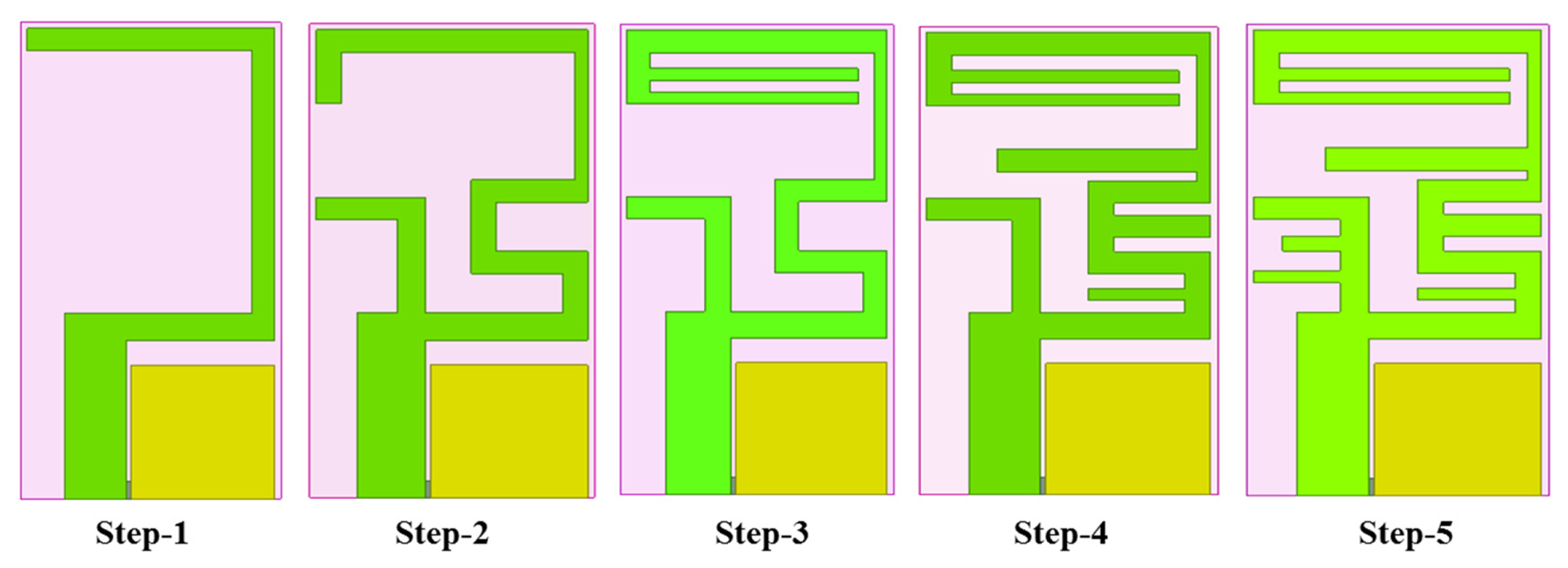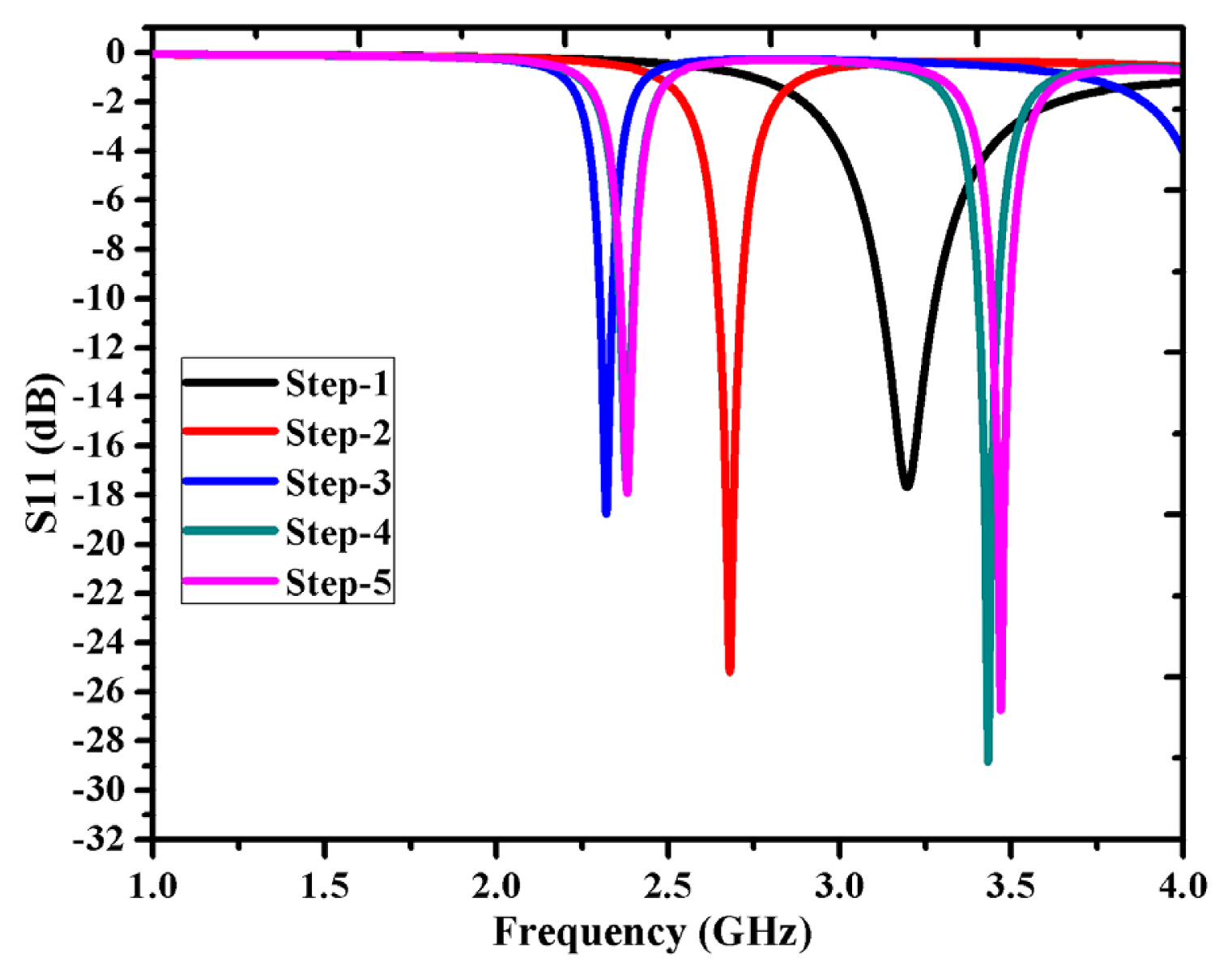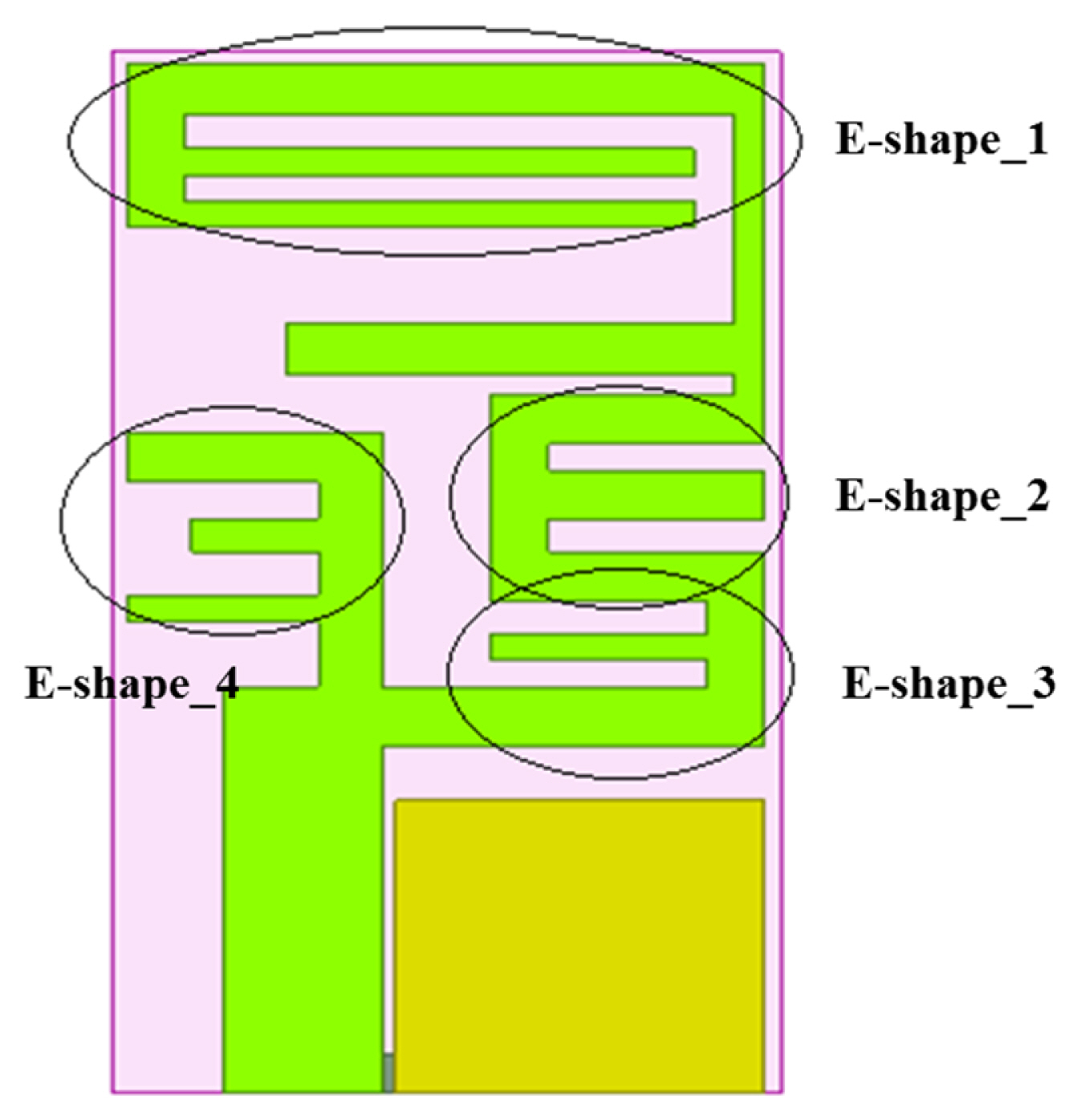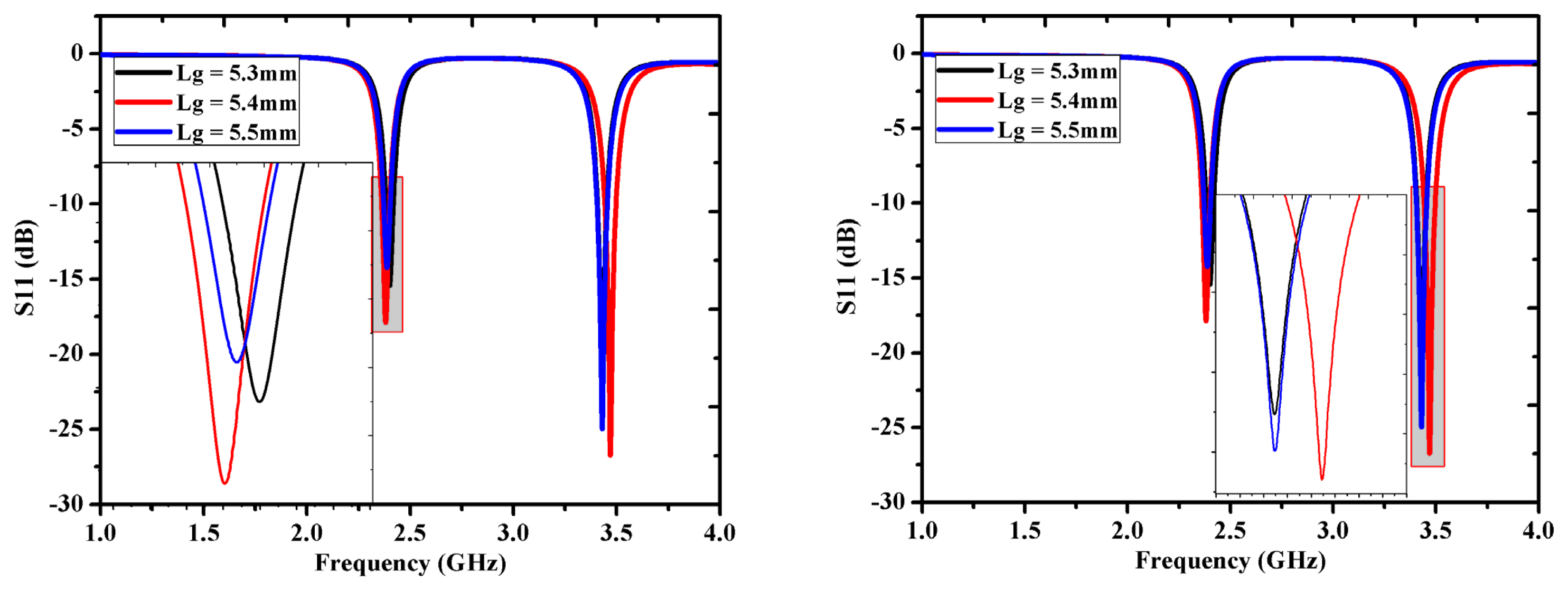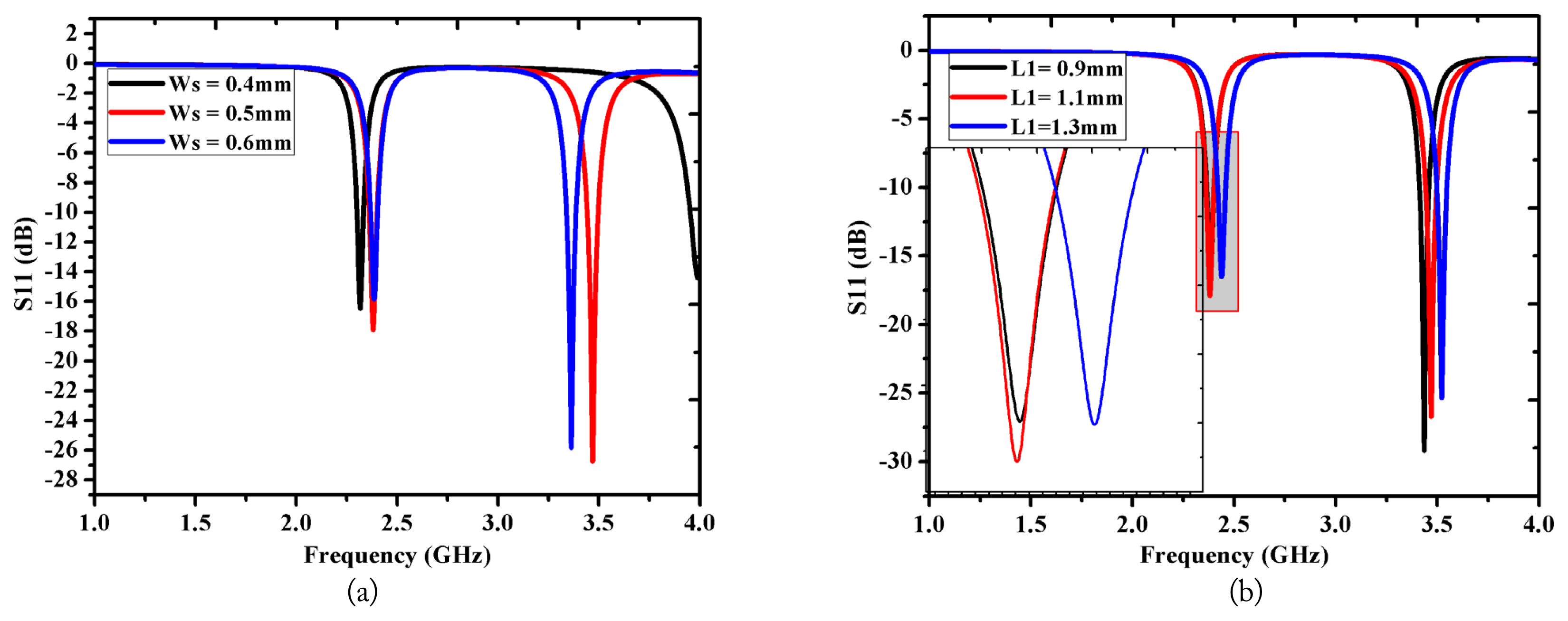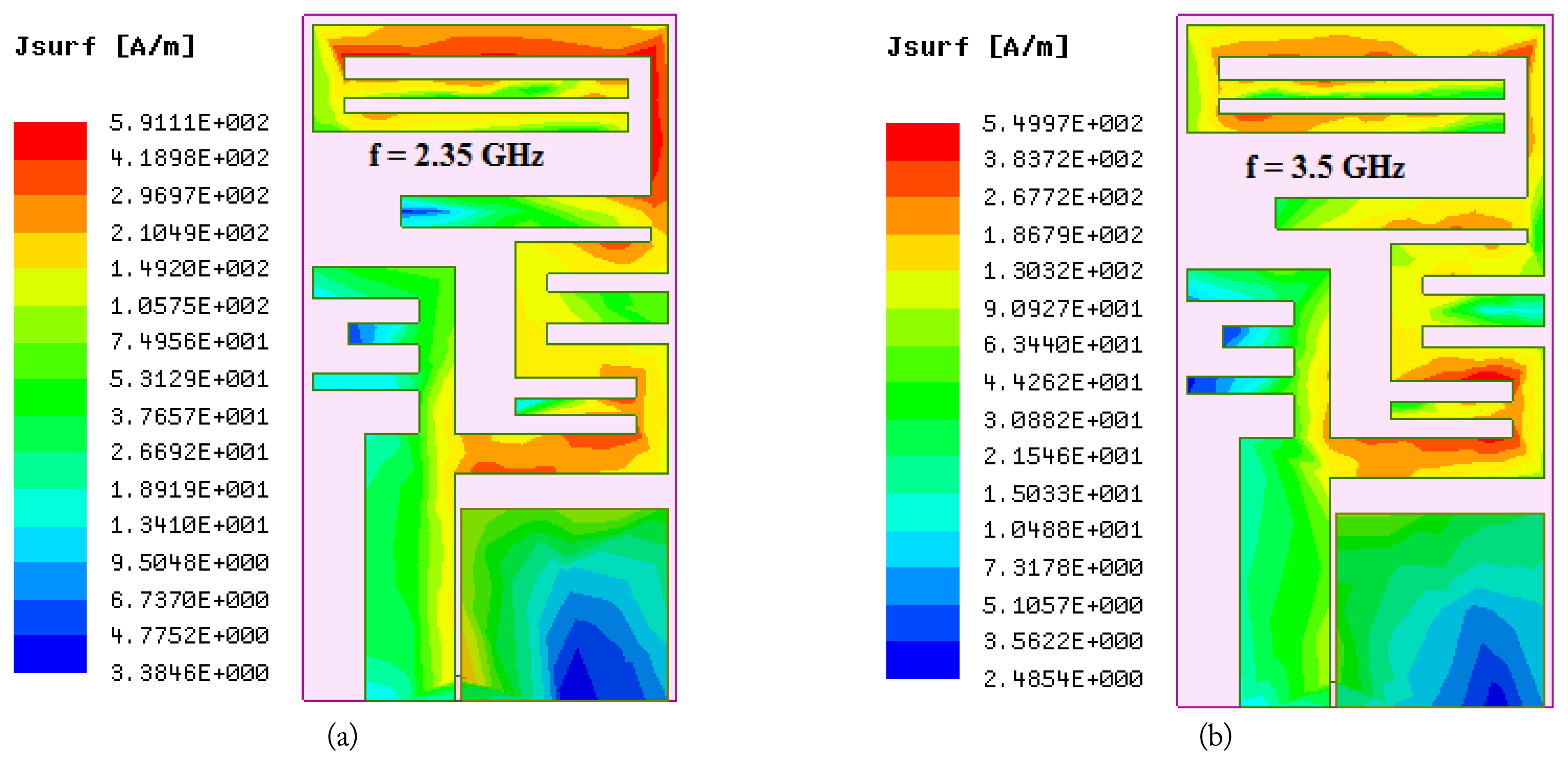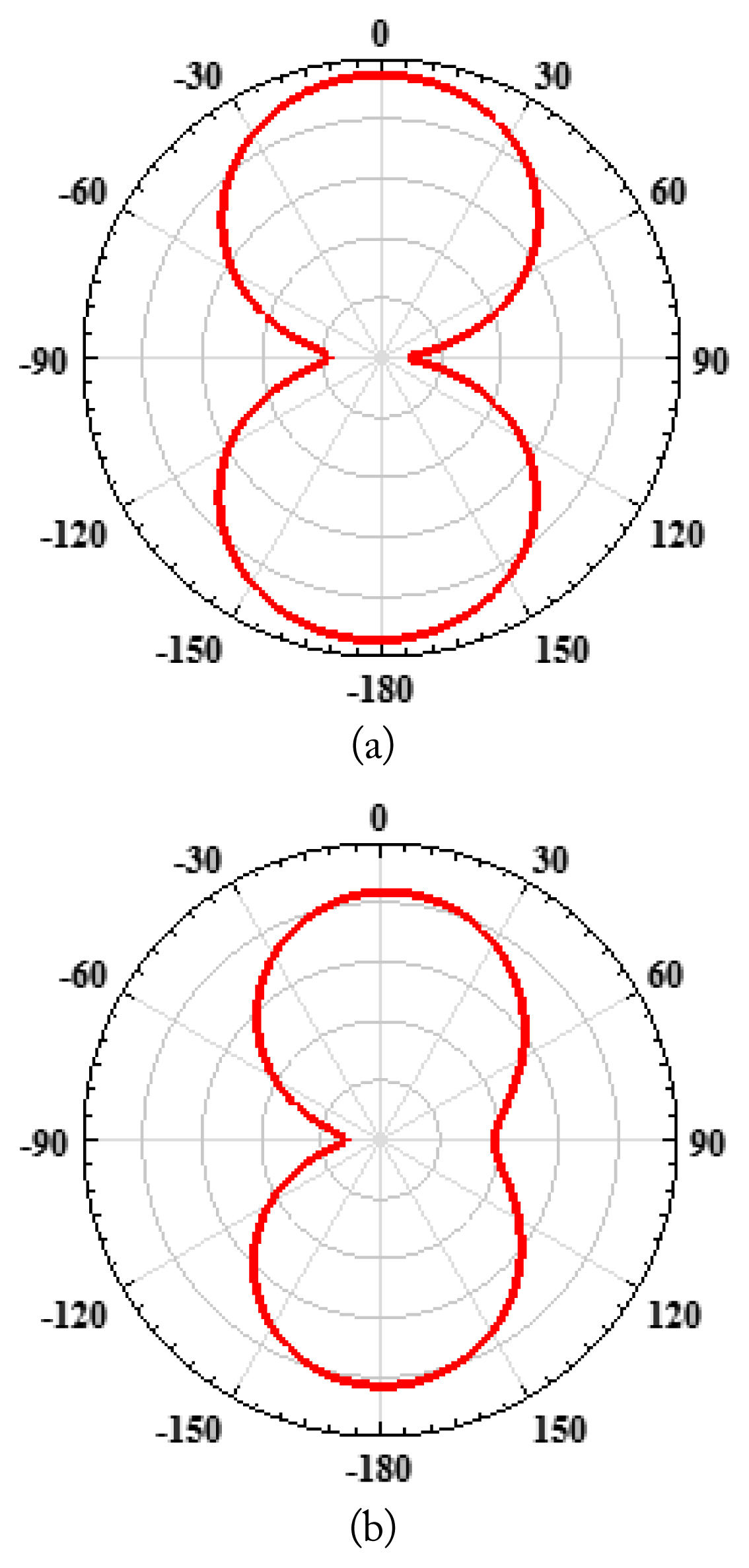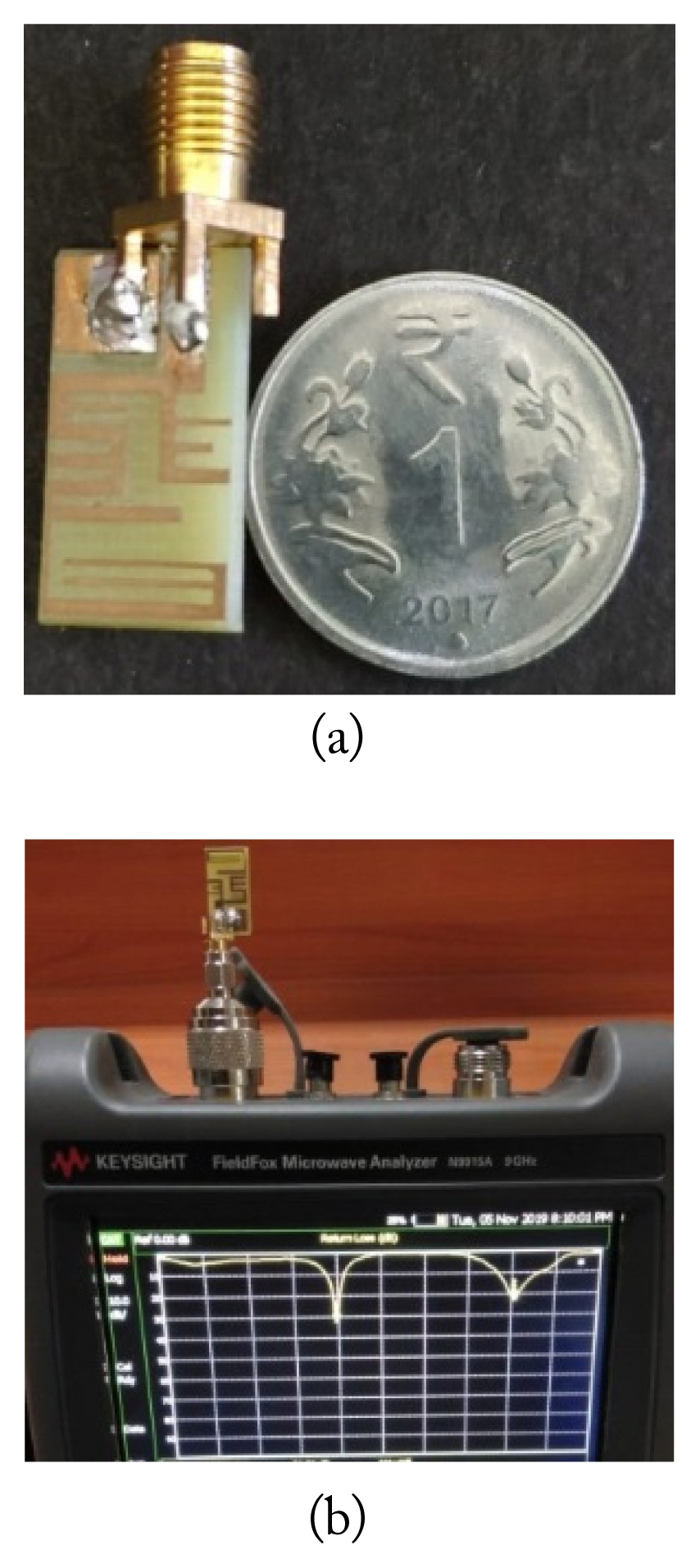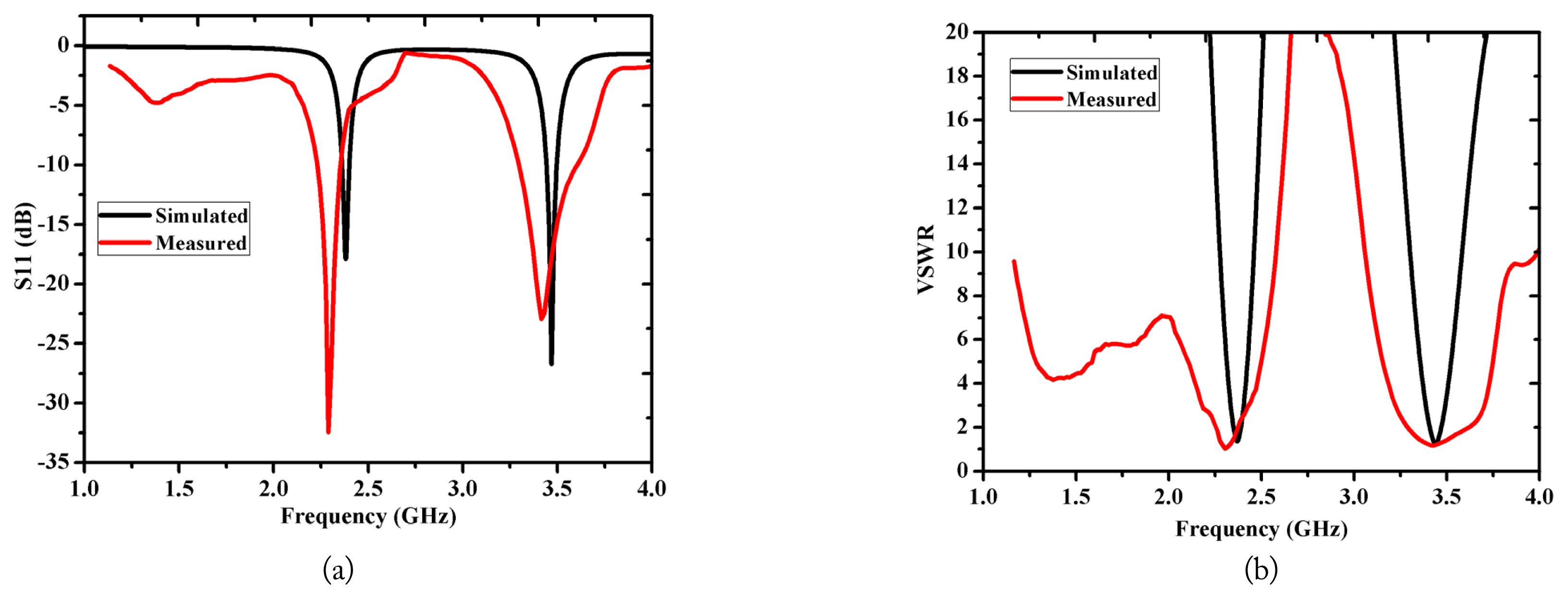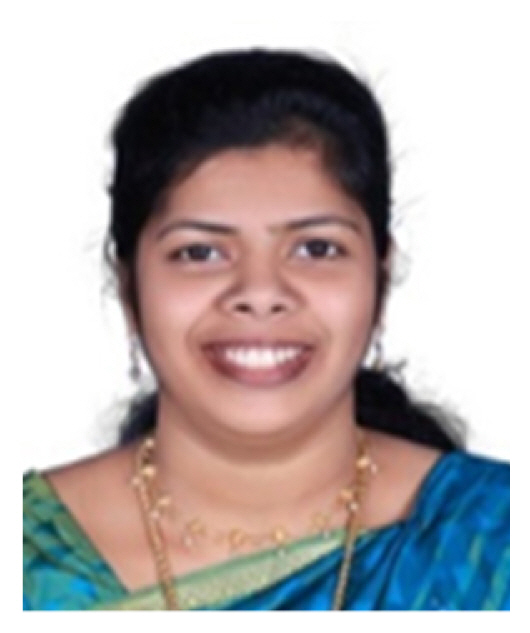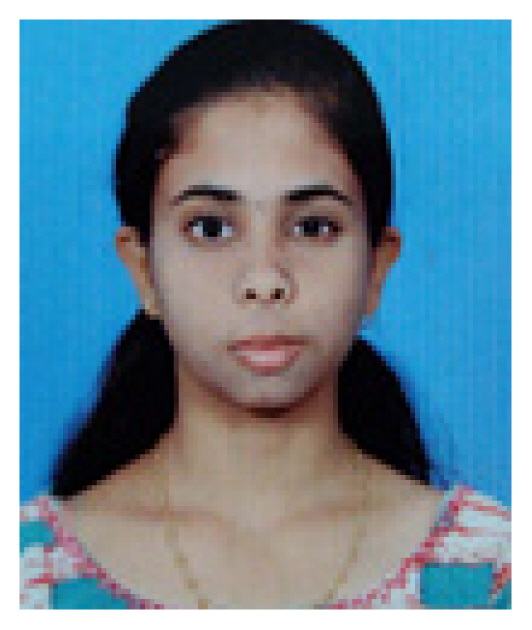1. KA Ansal and T Shanmuganatham, "ACS-fed wide band antenna with L-shaped ground plane for 5.5 GHz WLAN application,"
Progress In Electromagnetics Research, vol. 49, pp. 59ŌĆō64, 2014.

2. D Sharma, "Asymmetric coplanar strip fed monopole," International Journal of Electronics and Communication Engineering, vol. 6, pp. 153ŌĆō164, 2013.
3. Y Yang, YA Liu, and F Wu, "Compact ACS-fed quadband antenna for LTE/WLAN/5G applications," In:
Proceedings of the 2nd International Conference on Telecommunications and Communication Engineering; Beijing, China. 2018, pp 205ŌĆō208.

4. PV Naidu, A Kumar, and R Rajkumar, "Design, analysis and fabrication of compact dual band uniplanar meandered ACS fed antenna for 2.5/5 GHz applications,"
Microsystem Technologies, vol. 25, no. 1, pp. 97ŌĆō104, 2019.


5. YF Liu, P Wang, and H Qin, "A compact triband ACS-fed monopole antenna employing inverted-L branches for WLAN/WiMAX applications,"
Progress In Electromagnetics Research, vol. 47, pp. 131ŌĆō138, 2014.

6. S Weigand, GH Huff, KH Pan, and JT Bernhard, "Analysis and design of broad-band single-layer rectangular U-slot microstrip patch antennas,"
IEEE Transactions on Antennas and Propagation, vol. 51, no. 3, pp. 457ŌĆō468, 2003.

7. PV Naidu, A Kumar, and R Rengasamy, "Uniplanar ACS fed multiband high-gain antenna with extended rectangular strips for portable system applications,"
International Journal of RF and Microwave Computer-Aided Engineering, vol. 29, no. 10, article no. e21870, 2019.

8. CV Anil Kumar, B Paul, and P Mohanan, "Compacttriband dual F-Shaped antenna for DCS/WiMAX/WLAN applications,"
Progress In Electromagnetics Research, vol. 78, pp. 97ŌĆō104, 2018.

9. R Sahoo and D Vakula, "Compact metamaterial inspired conformal dual-band antenna loaded with meander lines and fractal shaped inductor for Wi-Fi and WiMAX applications,"
IET Microwaves, Antennas & Propagation, vol. 13, no. 13, pp. 2349ŌĆō2359, 2019.

10. RH Patel and TK Upadhyaya, "Compact planar dual band antenna for WLAN application,"
Progress In Electromagnetics Research, vol. 70, pp. 89ŌĆō97, 2017.

11. MT Tan and BZ Wang, "A compact dual-band dual-polarized loop-slot planar antenna,"
IEEE Antennas and Wireless Propagation Letters, vol. 14, pp. 1742ŌĆō1745, 2015.

12. M Midya, S Bhattacharjee, and M Mitra, "Triple-band dual-sense circularly polarised planar monopole antenna,"
IET Microwaves, Antennas & Propagation, vol. 13, no. 12, pp. 2020ŌĆō2025, 2019.

13. W Ren, SW Hu, and C Jiang, "An ACS-fed F-shaped monopole antenna for GPS/WLAN/WiMAX applications,"
International Journal of Microwave and Wireless Technologies, vol. 9, no. 5, pp. 1123ŌĆō1129, 2017.

14. A Desai, T Upadhyaya, and M Palandoken, "Dual band slotted transparent resonator for wireless local area network applications,"
Microwave and Optical Technology Letters, vol. 60, no. 12, pp. 3034ŌĆō3039, 2018.

15. A Ambika, C Tharini, and MT Ali, "Novel D SRR-based dual band antenna for WiMAX/C applications,"
Microwave and Optical Technology Letters, vol. 61, no. 2, pp. 309ŌĆō315, 2019.

16. JS McLean, "A re-examination of the fundamental limits on the radiation Q of electrically small antennas,"
IEEE Transactions on Antennas and Propagation, vol. 44, no. 5, pp. 672ŌĆō676, 1996.

17. SR Best, "The performance properties of electrically small resonant multiple-arm folded wire antennas,"
IEEE Antennas and Propagation Magazine, vol. 47, no. 4, pp. 13ŌĆō27, 2005.





